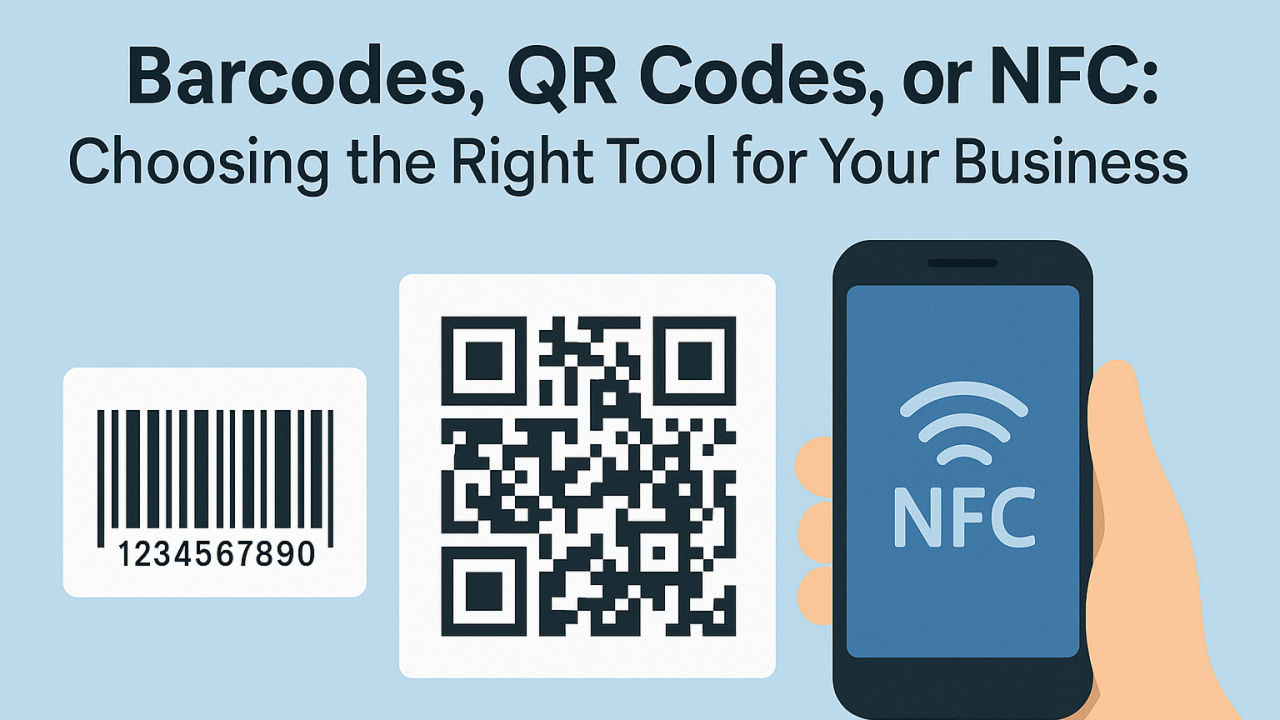What BPM tools can do? Usually it can support the creation of cross departments complex workflows, monitor and maintain the existed process to ensure high efficiency and modify the existing process to better adapt to the development of the enterprise. In this article, the author had provided nine must have functions of a great BPM tools, let’s check it!
1. Visual workflow modeling
When considering business process management software, the most important consideration is modeling. There are four types of process modeling in business process management tools:
1) No modeling tool – coding to build the process.
2) Data collected through UI forms – obtain information about business processes through forms.
3) Activity-based visual interface – This option covers the entire process, including processing progress at each stage.
4) Visual interface based on business steps-This is similar to the third category, but it does not disturb the progress of the user’s business process. On the contrary, it allows the user to focus on the main path of the business process, and the software automatically handles abnormal situations during operation.
There is no doubt that the fourth option is better, it can take advantage of the user and the system, the user knows how each process should run, and the system can provide a way to build a path.
2. Drag and drop form designer
A process without data is like a train without passengers, and every business process requires a corresponding method to bear the payload. Most BPM systems use forms as a way for processes to capture and edit data.
Business process management tools must take care of new and old users at the same time. New users need everything that is extremely simplified and clearly articulate business processes; old users want to be able to customize forms and make them behave exactly as they wish. Therefore, freely dragging and dropping design forms is a good way to satisfy them both.
3. Access authority control
You need a BPM system that can protect the most important information, because some data in forms and fields are sensitive to some specific group.
For example, the permission to access a field can be set to hidden or read-only or can be modified to limit the permissions of some process participants.
Sometimes, you need to restrict access to certain parts of the form to certain people, grant access to specific parts to all members of a team, and so on without entering all names.
If you want to achieve all of the above goals in various stages or steps of the business process, then the BPM system you choose must also be able to handle these situations easily.
4. Mobile support
You should immediately leave the BPM system that does not support mobile terminals such as Android and iOS. Business process systems need to support mobile office, and now it is difficult for users to tolerate having to sit at desks to access applications.
5. Powerful administrator function
Even the best business process management software is sometimes stuck because of the operations of strange users. You need a way to manage and edit business process systems so that you don’t need to consult expensive consultants every time you encounter problems.
An excellent business management system can support your internal administrators to reassign individual tasks, batch reassignment, delete items, etc.
6. Integration with existing software systems
Few companies use BPM solutions that cannot integrate with other core software systems. If there is no integrated capability, you need a lot of manual data transfer back and forth, then the system will not bring convenience but only to increase more trouble. Without strong integration capabilities, business process management tools will fail to do a lot of things.
7.Powerful report generation and analysis functions
Many BPM tools do not provide ready-to-use process statistical reports and analysis functions, but the business process management system you choose needs to generate reports that let the system tell you: the average time required to complete a single step and the entire project, and snapshots of all outstanding projects , The frequency of items being rejected or rerouted, etc., to support your decision.
Therefore, for any BPM system, powerful report generation and analysis functions are necessary.
8. Available for large user groups
When you have 100 users and 1 million users, the performance of the software will also be different. The software you purchase can meet the needs of dozens of people now. So if the user reaches 1 million, is it still applicable? So you also need to understand how many customers are potential BPM software providers, what systems they build products on, can they expand with the growth of the user base, and whether they can support the use of a large user base, these are very important.
9. Process performance indicators
All business processes have deadlines, but not all business process execution results meet initial expectations. In this case, it is necessary for the enterprise leader to determine the cause of the phenomenon and improvement measures, so the process performance indicators are very important.
Process performance indicators are a tool that helps companies identify process problems and make meaningful decisions to improve ineffective processes. In BPM, process performance indicators are automatically captured system data, which are evaluated by process administrators to determine whether there are poor process modeling and poor process execution to help improve related business processes.
Business process management (BPM) is developing rapidly. Products such as Yeeflow have all the above nine functional characteristics, which is a great choice for your business process management! Now click here to try Yeeflow for free!





.png)

